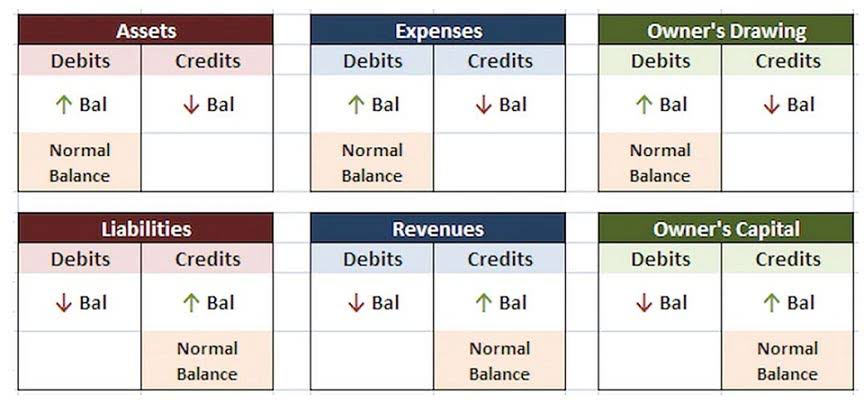
You’ll need to decide whether you’re going to use a manual accounting system or an accounting software. For the latter, there are many options available, including ones specifically designed for religious organizations like churches and non-profit organizations. Churches, like other nonprofit organizations, are required to submit certain financial reports to regulatory bodies. In this case, a COA is necessary to compile the necessary information and ensures that the reports are accurate. A clear COA also helps in preparing financial information, such as the statement of financial position (balance sheet) and statement of activities (income statement).
Church Chart Of Accounts Made Simple (A Pastor’s Ultimate Guide)

The process of church accounting is most similar to nonprofit accounting, since every church is also required to reinvest all of its funds into the organization and its mission. However, there are a few small differences between the two that we’ll cover in more detail later. We need to take a look at the net assets because this is typically called owner’s equity in most accounting software. This is a major difference between nonprofit and for-profit accounting software.
How does a Church Set Up a Chart of Accounts?
Once you’ve set up your COA, it’s essential that you maintain the same format as you keep it updated. This bookkeeping consistency is one of the 10 GAAP Principles of accounting, and it is critical. If you change the way you track things in your COA, it can complicate the interpretation of previous entries or even make them completely useless as far as comparisons and analysis are concerned. This is the same concept as what a chart of accounts does for a business. It brings everything together into a single, master bird’s-eye view of an organization’s financial inner workings. As you can see, the expenses for a nonprofit and for-profit are very similar.

Financial Statements

Churches rarely use Cost of Sales but it is still listed in the chart of accounts. The order of expenses should appear the way a church wants them listed on reports. Your church’s operating budget is its master financial plan for a given fiscal year. You’ve likely created a budget for your household before, in which you predicted your income for the year and allocated it to ensure you could cover all of your expenses. Church operating budgets work very similarly, except that they detail an entire organization’s predicted revenue and expenses. Church accounting refers to the organization, recording, and planning of church chart of accounts a church’s finances.

Church Financial Transparency and Accountability
- In this case, a COA is necessary to compile the necessary information and ensures that the reports are accurate.
- Funds working with the CoA, provide a multiple tier reporting structure that gives a deep dive view into the organization’s spending.
- Starting a nonprofit organization in Maryland offers a unique opportunity to make a lasting impact on the community.
- There are a ton of Church Accounting software on the market, but be sure to choose the one that fits the needs of your church.
- Aplos is specifically built to serve the unique financial needs and dynamics of nonprofit groups and faith-based organizations.
- This helps the church plan for the future and make strategic decisions about resource allocation.
What may be different in the expense area is that the church might have a section where they give money to other not-for profits. So they may have an expense account called the ‘Local Community Food Shelf Expense’ that is used to write checks out to the local community food shelf organization. Now let’s go over each of these account types — assets, liabilities, expenses, and revenues. ChurchBooks3 is Church management software (ChMS) designed to help churches and religious organizations manage various aspects of their operations. It includes features for membership management, attendance tracking, financial management, event planning, and communication. Setting up your church chart of accounts correctly is the mandatory Bookstime first step toward accurate fund accounting.
Church Accounting: Ultimate Guide + Best Practices to Know
- Work with the church accounting specialists at Jitasa to refine your financial management practices.
- If one source falls through or some of your expenses are higher than expected, it’s easier to recover when you don’t have all of your funding eggs in one basket.
- Though for many churches, their Chart of Accounts was set up about a decade ago and they haven’t touched it since.
- If you have multiple accounts at the same financial institution, you will usually see all of these presented alongside one another.
- Some churches try to break the checking account (or saving account) into sub-accounts to keep money separate.
How does the bill get paid since we bookkeeping didn’t write out a check? When the time comes to pay the bill, the bookkeeper does an entry to cut the check. They credit the checkbook and debit the accounts payable (not the expense account). Essentially, the dates of the expense and when the cash leaves the organization can be in two different months.

Non-operating Expenses
Fund accounting is useful for organizations that need to track reserves in multiple “buckets” without having several cash accounts to keep it all straight. Commonly, churches use a “missions” or a “capital” fund to set aside dollars out of the annual budget for various projects. Many of these projects span more than one year, with funds raised in one year being spent in another. Your accounting system should support tracking multiple funds across fiscal years.

